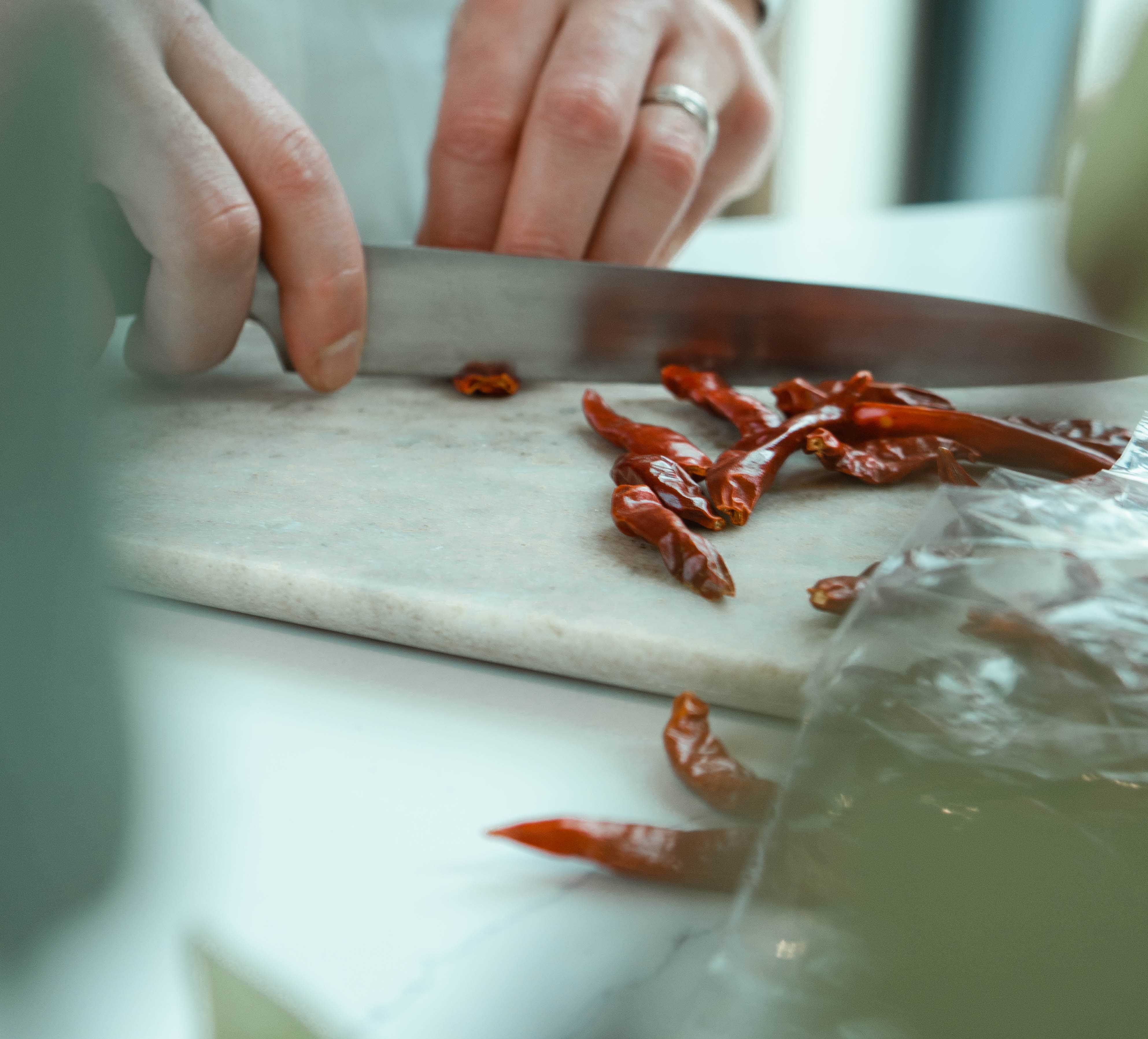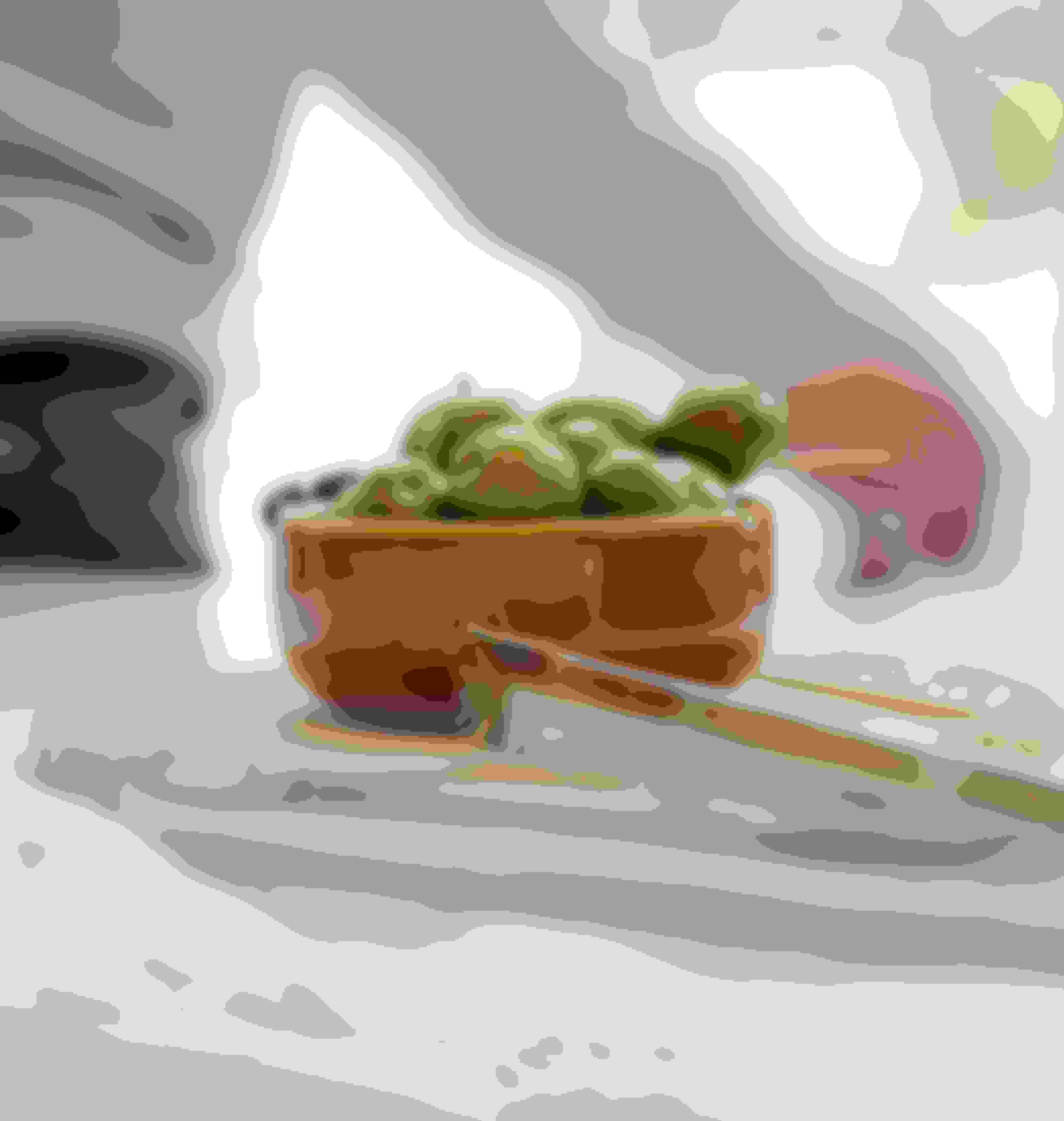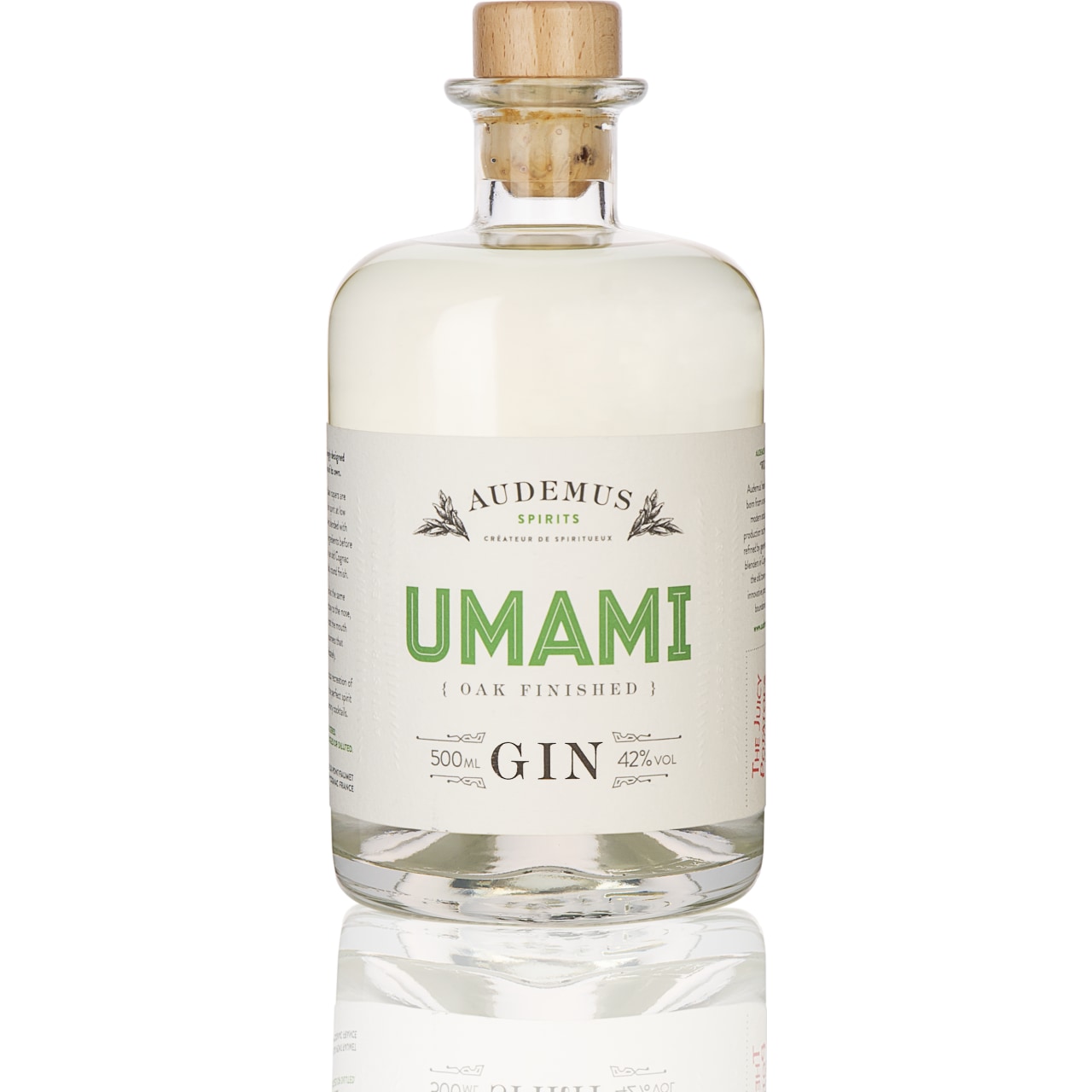Umami has a rich, savoury and sometimes salty taste that is unique and distinct from all other flavours. The word comes from a Japanese term that describes the savoury taste of foods like soy sauce, mushrooms and cured meats.
Even though most think of umami as being synonymous with savoury, that’s too simplistic. The characteristics of umami can also be described as meaty or complex and when you look at the origins of the term (and the amount of foods umami can be found in), you'll start to understand the breadth of the flavour spectrum it includes.


The concept of umami is over one hundred years old. Professor Kikunae Ikeda of Tokyo Imperial University discovered umami in 1908, having noticed a unique flavour in foods like dashi, asparagus, cheese, tomatoes, and meat. He identified kombu, the primary ingredient of dashi, as having the most pronounced taste. After performing further research, Ikeda concluded the ‘savouriness’ was caused by glutamate, an amino acid, and dubbed it "umami".
How can you add Umami flavours to a drink?
The obvious start point would be to add ingredients that are by their nature umami’esque (yes, that is a totally made up word, but you know what we mean).
For example, you could add a few drops of soy sauce, Worcestershire sauce or fish sauce into a drink to give it an umami boost. This is obviously not possible for some cocktails - no one wants fish sauce in their Daiquiri - but take the likes of a Bloody Mary and it’s easy to see how you can accentuate the profile further and really play around with the sensations.
Another easy way is to sprinkle toasted sesame seeds, seaweed flakes or dashi powder on the rim of a glass.
These ingredients add a huge amount of flavour and alter the perception of the drink. Again, the appropriate cocktail is needed and while it’s easy to do, it’s also fraught with danger. It’s important to appreciate just how overwhelming both umami and salt becomes if used too assertively in a cocktail, even as a rim.


Take a tiny dash of saline solution in an Espresso Martini - it radically changes the drink and makes you eager for another sip. Two dashes and it's a mess. Overdosing on the amount of brine (olives and salt are two umami rich ingredients) can make a Dirty Martini go from delicious to filthy sea water. A drop of sesame oil into an Old Fashioned does magical things but two or three makes for a chewy drink…
It's not just what's in the drink or stuck to the glass that can be too much either. Bars trying to compete for insta-impressive drinks have been guilty of mini snack towers skewered onto a glass. Some are insane to navigate through.
The sparing use umami-rich herbs like shiso, cilantro, oregano, rosemary or thyme as a garnish can be a fantastic way to build umami and herbaceous complexity - the ostentatious olive, celery and tomato towers in a Red Snapper is just annoying. Unlike with food where the more umami layers the better, when it comes to cocktails less is more.
Infuse umami flavours into a spirit.
If you want to go one step further and instead of adding an umami ingredient via the edge of the glass, as a garnish or as a dash or drop into a cocktail; why not infuse the spirit itself?


We like thinking of umami as a sensation first and flavour second. If you are delicate with the amount used and judicious with your timings, it’s possible to suggest umami through the drink’s texture, its mouthfeel and only give add a mere hint of the ingredient into the overall profile. Barely perceptible is the sweet spot for so many umami ingredients - you don't notice them, but you notice the effect.
As for what to combine?
Once you start infusing booze at home, you’ll find that there are many flavour and spirit combinations you can do to bring out the sensation of umami. Herbaceous ingredients (like seaweed) go well with gin and craft vodka, nuts integrate surprisingly well with whisky and mezcal, while tomatoes and rum may not be at the top of your pairings they really can be a match made in heaven. Have a look at our GUIDE TO FAT WASHES to help you on your journey to infusing weirder ingredients and a list of the culinary matches you can do, but here’s a few of our umami specific favourites…









